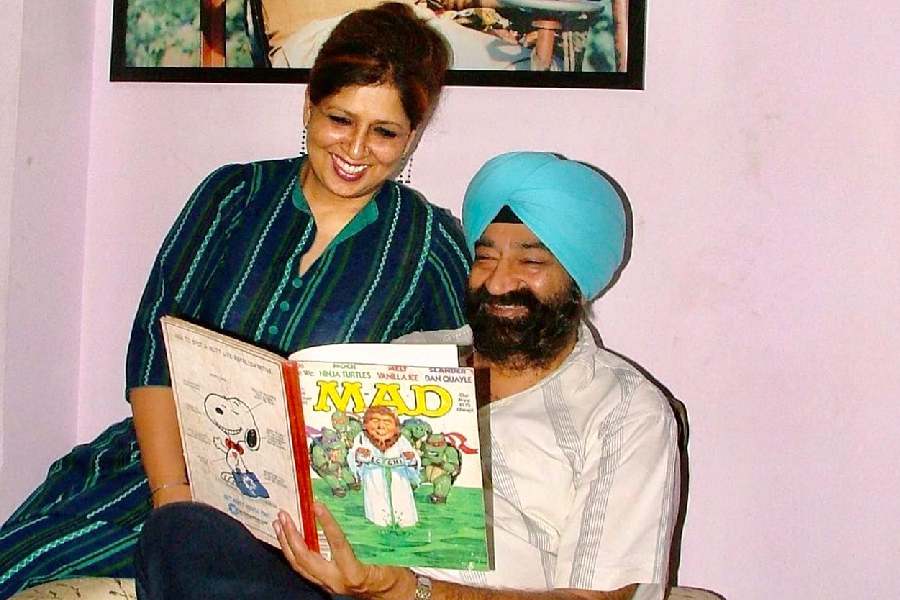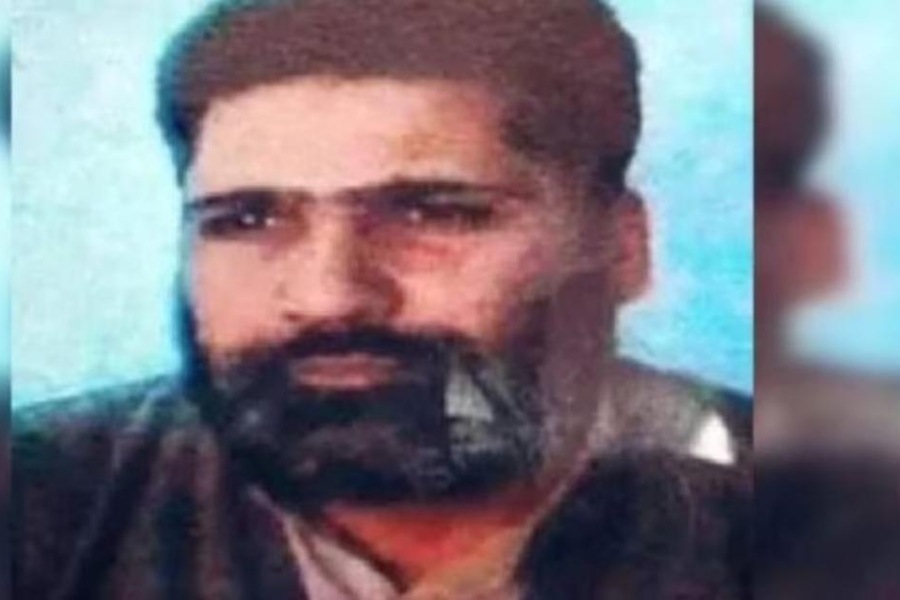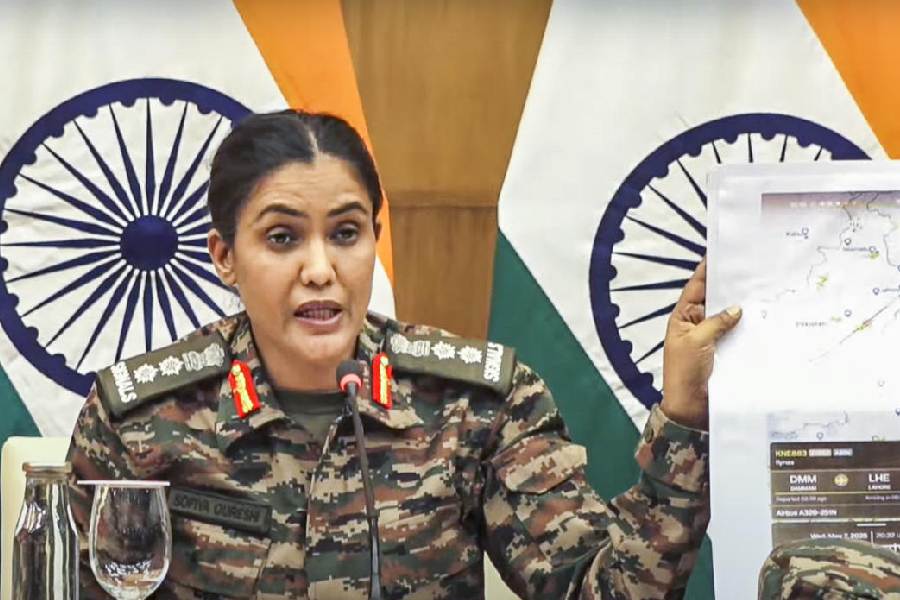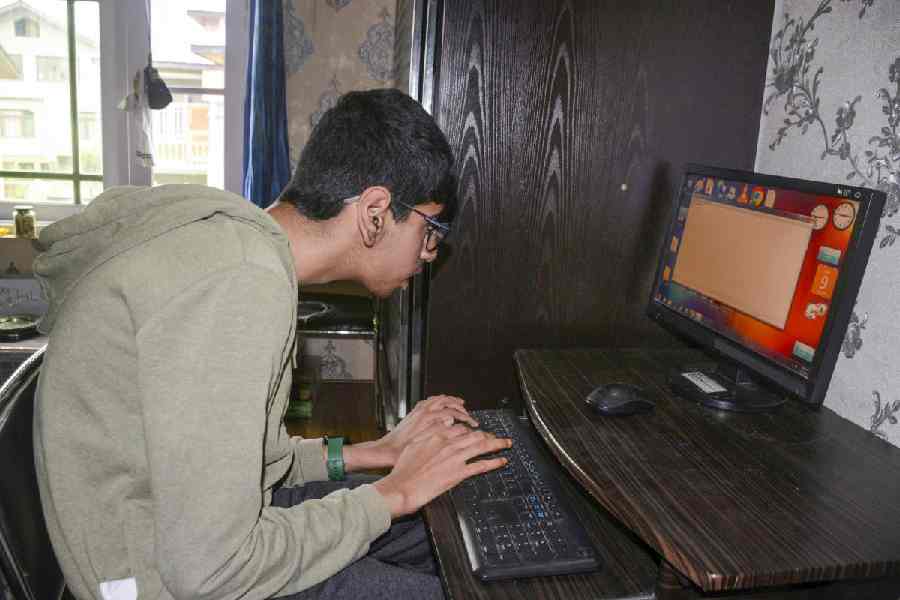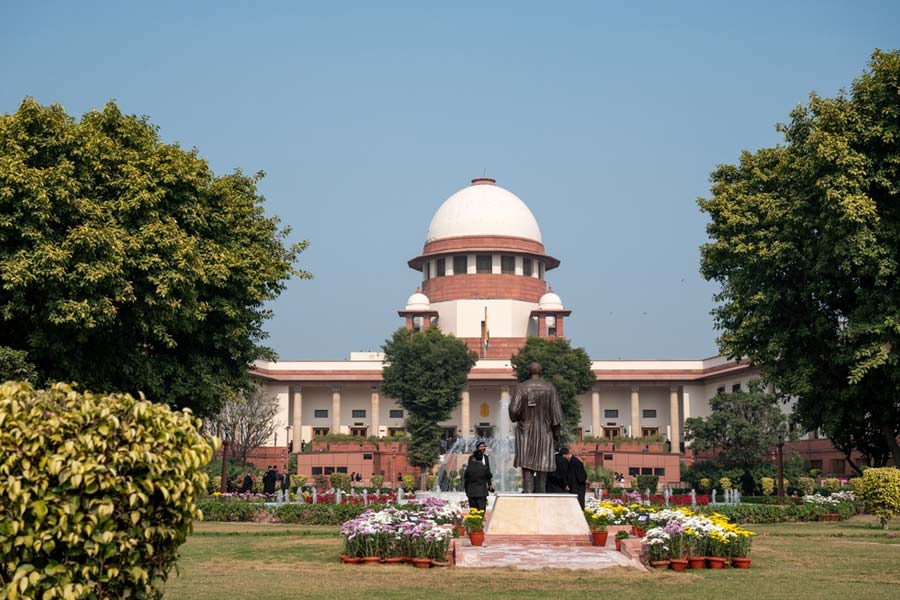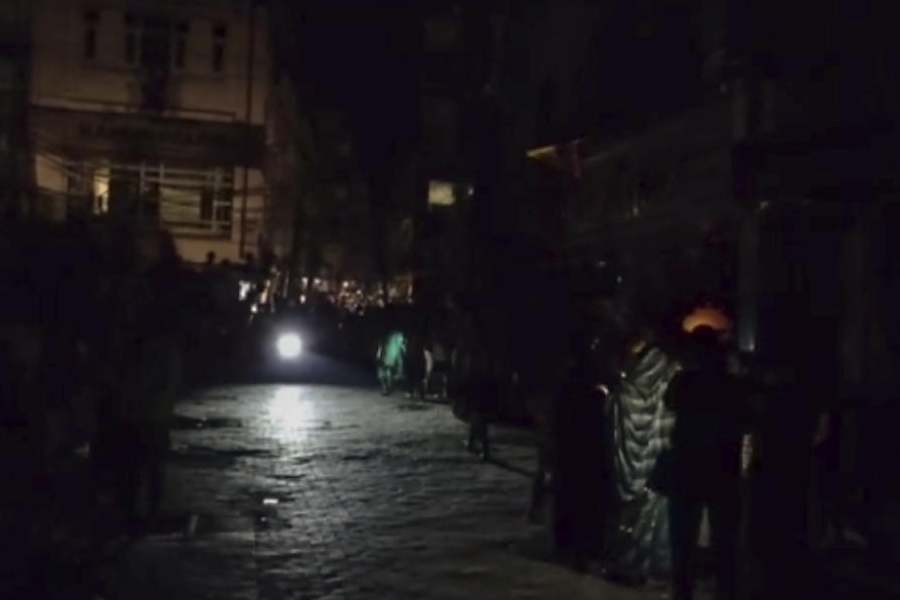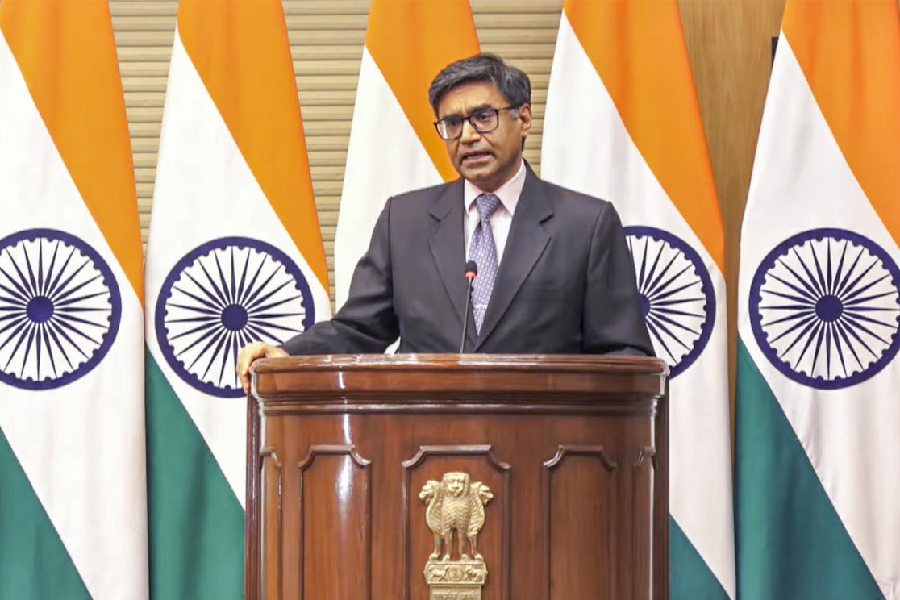Patna, Feb. 26: The drama over the split in the RJD is part of a long-drawn out cat-and-mouse game between the JD(U) and Lalu Prasad’s party ever since Nitish Kumar broke the alliance with the BJP in June last year.
Lalu may have won a temporary victory for the moment given that nine of the 13 rebel MLAs have said they are still part of the RJD.
A lot would depend on how the RJD fares in the Lok Sabha elections. If the party does well and the JD(U) poorly as is being forecast by opinion polls, it would strengthen Lalu’s hand and create doubts in the minds of potential party-hoppers. But if the RJD comes a cropper, the rebel voices would grow in decibels.
Private conversations with leaders show that the JD(U) leadership had set its eyes on the RJD, which that had been reduced to 22 MLAs in 2010 and was thus seen as vulnerable to poaching, right from June 16, 2013. It was the day Nitish dumped the BJP and found himself in a minority — the JD(U) then had 118 MLAs in the 243-member Assembly.
The JD(U) targeted Lalu’s party with two broad objectives. First, it sensed it would be easy to attract leaders from a party whose leader was under the court’s glare.
Second, JD(U) strategists fixed their gaze more on the RJD’s Muslim legislators — five of the 13 MLAs who had “signed” on the application to split the RJD belonged to the Muslim community — to project Nitish as the protector of the minorities, especially given that he had broken a long-standing alliance over Narendra Modi.
The JD(U) strategy, according to insiders, was to first “wean away” a few RJD MLAs who were finding it hard to fulfil their political ambitions — either to contest the Lok Sabha polls or to become a minister.
Sources revealed that the Nitish camp initially tried to woo Lalu’s most towering Muslim leader, Abdul Bari Siddiqui. The placatory tactics extended to the Assembly as well with even Nitish being soft on Siddiqui.
There were at least two occasions, even when the NDA alliance was intact, when Patna’s political circles were abuzz with rumours that Siddiqui had been offered the deputy chief ministership in place of the BJP’s Sushil Kumar Modi and a carte blanche to contest the Lok Sabha polls either from Madhubani or Darbhanga.
Sources close to Siddiqui confirmed that he had received “lucrative” offers from the JD(U). The sources said the JD(U) strategists charted out a “plan” to initially “wean away” at least four MLAs and then build on that base to arm Siddiqui with the footing to stage a coup d’etat in the RJD.
Siddiqui, however, never said “yes” to the JD(U)’s offers.
Siddiqui, a powerful Muslim leader from Mithila region who narrowly lost the Madhubani Lok Sabha seat to the BJP in 2009, was reported to be “anxious” about his future because of speculation that Lalu might spare the seat to the Congress’s Shakeel Ahmad in the event of an alliance.
RJD sources said a similar fear gripped Samrat Choudhary, the leader of the putsch. An ambitious young leader of his Koiri caste, Samrat nursed a desire to contest the Khagaria Lok Sabha seat, which could fall in the Congress’s kitty in case a deal is stitched. Besides, Samrat was also believed to have got an “offer” of a cabinet berth. Akhtarul Iman, another rebel, was willing to contest from Kishenganj, which is with the Congress now.
Sources in both the JD(U) and the RJD revealed that the script to split the RJD was “fine tuned” when the court convicted Lalu Prasad in the fodder scam case in September last year.
But much to the JD(U)’s surprise, Lalu received a groundswell of sympathy, especially from his numerically preponderant caste men, the Yadavs, and Muslims. The JD(U) strategists felt that executing the coup then could boomerang on the ruling party. Some of the rebels also expressed the fear that they could be the victims of public anger were they to ditch Lalu then.
Still, the JD(U) strategists did not give up. Nitish continued to be “affable” to Siddiqui. And to the chief minister’s advantage, at least four MLAs, including Samrat Choudhary, were ready to cross over and were looking for an opportune moment.
Sources in the Assembly secretariat revealed that Samrat, Javed Iqbal Ansari and Akhtarul Iman did sign the application to split the RJD. “Samrat, a chief whip of the RJD, managed the signatures of three others actually desirous to cross the floor and nine others on the lure that they would be made ministers and some of them would be fielded in the Lok Sabha polls on a JD(U) ticket,” a top source in the Assembly said.
The JD(U) employed its MP — Lallan Singh who had proved his skill by splitting the LJP in 2005 — to execute the coup in the RJD. Lallan was seen huddled with Samrat and a few other RJD legislators in the Speaker’s chamber on the last day of the Assembly session on February 22. Two days later, Speaker Choudhary issued the interim notification declaring the 13 rebels as an “unattached” group in the Assembly.
However, the crafty Lalu noticed the faultline in the notification. His legal advisers told him that the Speaker could not issue such a notification, either interim or lasting, without getting 15 RJD MLAs — two-third of the legislature party as laid down in the anti-defection law — for the purpose. Lalu, aided by experts and senior party strategists, succeeded in convincing the nine MLAs — who were not diehard rebels as Samrat — that they might land in trouble for signing an “illegal” instrument.
Thus, he got the nine back to his fold. But the actual rebels led by Samrat continue to be a part of the JD(U)’s efforts to split the RJD. The cracks in the RJD are very much there and so is the determined effort in the JD(U) to split Lalu’s party.
The cat-and-mouse game has not ended.


